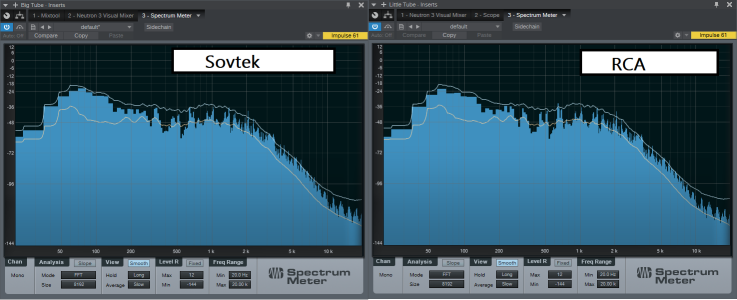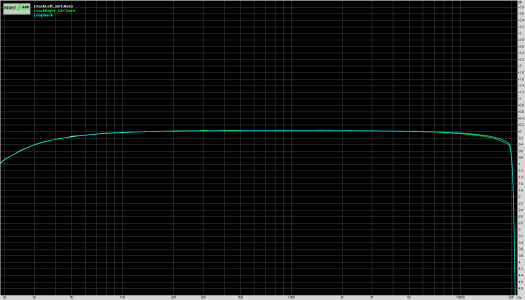cddc said:
New production tubes are a waste of money. I'll never waste a dime on these garbages.
I see a general consensus about this, but wonder if there has been anything besides subjective analysis.
I decided to have some fun last night and recorded the amp's output using two different tubes. One was an RCA 6080 that the kit came with, the other was a Sovtek 6AS7G.
Now this was using a mono guitar cable, so it's only comparing one channel.
I'm not even certain it works that way, but I believe the tip would touch the left channel, and the sleeve would touch the right channel, and the ground of the jack. The input jack is mono so it would only grab the left channel.
Anyway, I got the sovtek from here: https://www.partsconnexion.com/TUBESVT-68351.html
I was getting a new pot and knob already from that store, figured what the hell I'll try a new tube. I think it's new production, the description says new.
It sounded thinner at first, but after a while seemed to become fuller. It's pretty subjective though, more of a feeling like I said before.
So I recorded the amp playing a song with each tube, ran a frequency analysis. I've attached the picture.
The top line is the hold of the highest amp for a given frequency, the bottom is the average. I played the same song for the same amount of time on each.
It seems like the sovtek has slightly better seperation of frequency response? You can see at the very start there's a clear separation in the low end, where the RCA is smoother.
In general this seems to follow across the other frequencys, around 100 you can see the RCA is smoother again.
Anyway, not sure it means much but it was fun to do. I don't know much about this stuff really but it sure is neat.
From an objective standpoint, the sovtek solved a lot of microphonic issues I had with the RCA tube.
From a subjective standpoint, I swear the RCA still sounds a little richer, but I think it's in my head. The sovtek today seems very rich though... it's so subtle it's hard to tell.
I should get someone to help me do a blind test.


